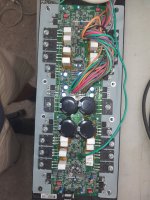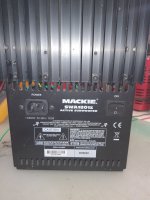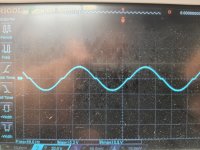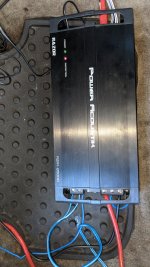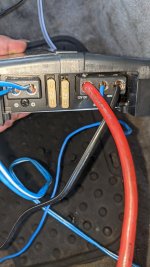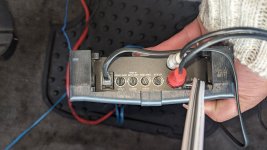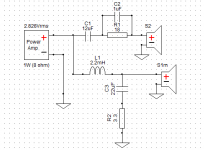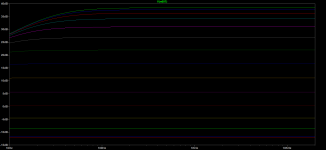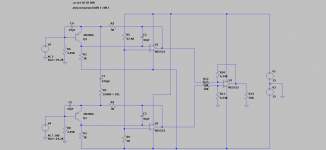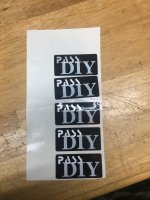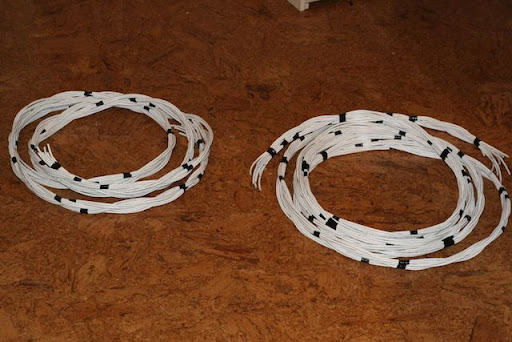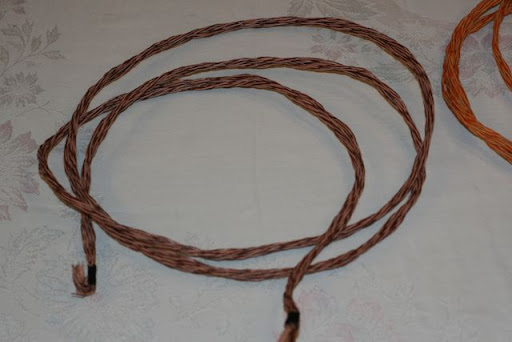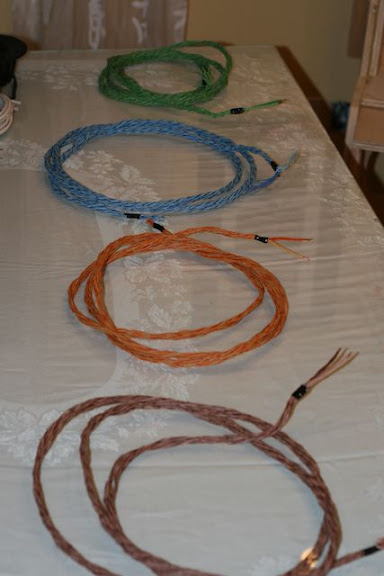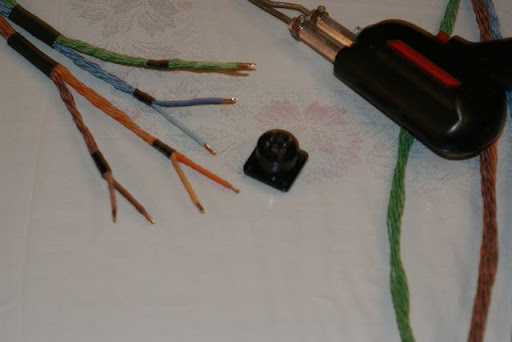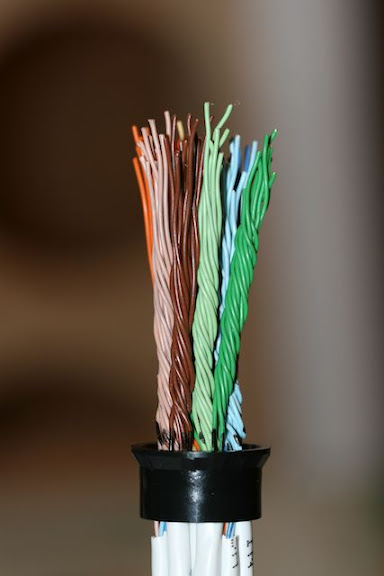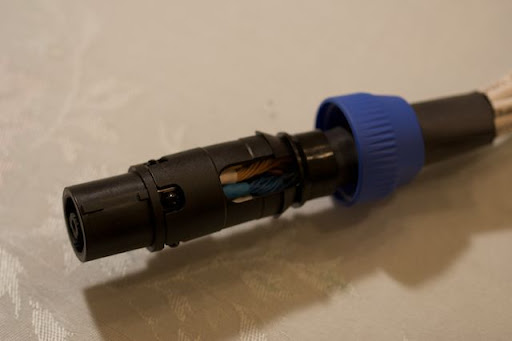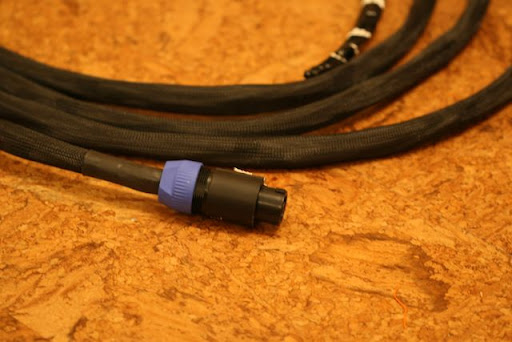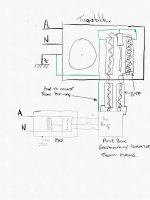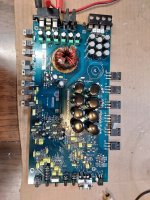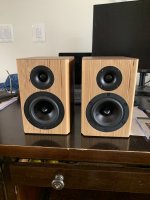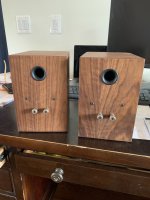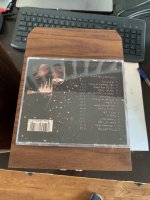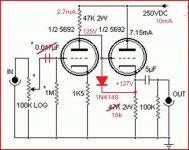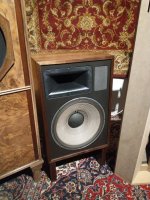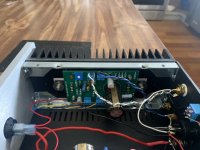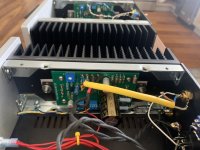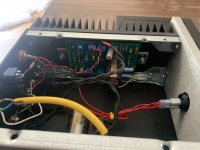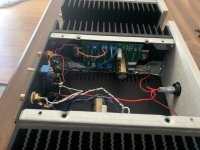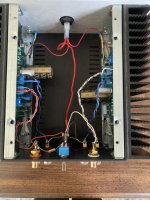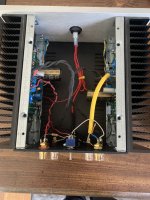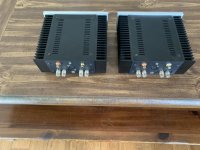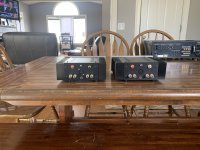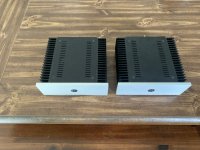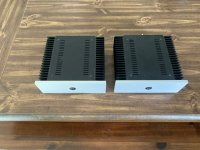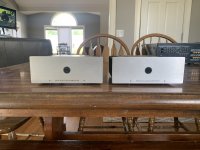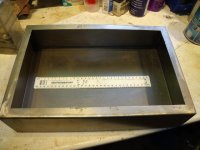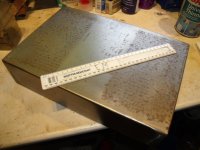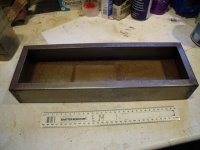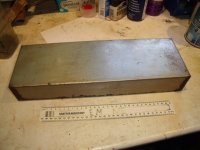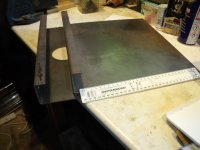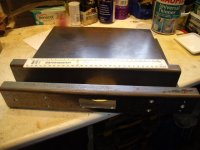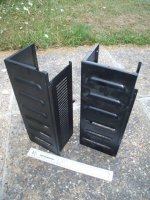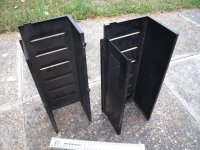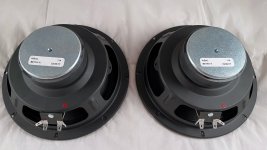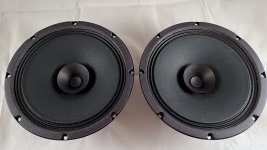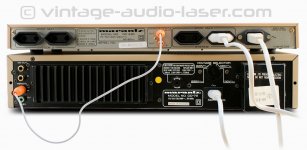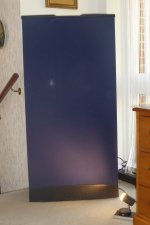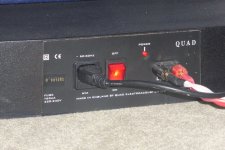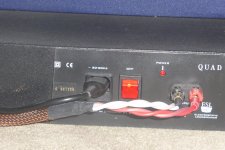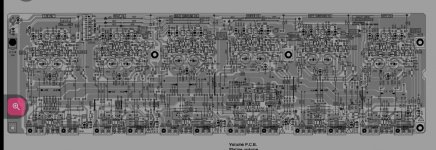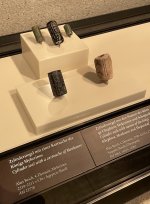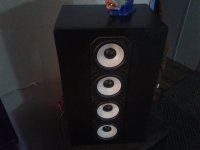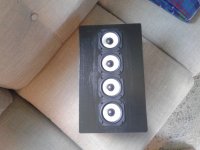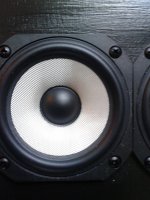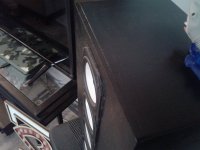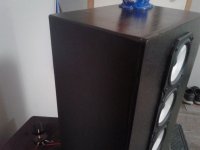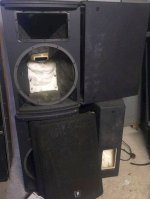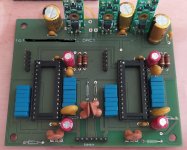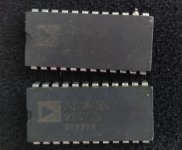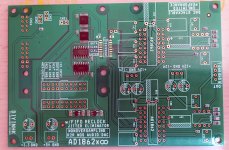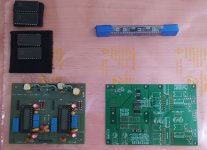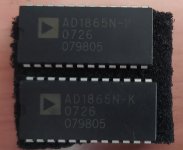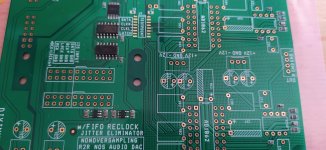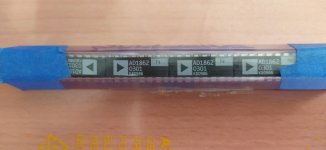Transformer impedance and local feedback.
- By mashaffer
- Tubes / Valves
- 10 Replies
I am thinking primarily in terms of SET but I suspect the issues involved are kind of universal. Here is my thinking; please critique.
Load impedance on the output tube affects power output and distortion. Starting at some "optimum" load if one reduces the load impedance the maximum power delivery goes up but so does distortion. The question is simple but I suspect the answer is less so. Let us say that 5K is the normal load which gives good all around performance. If you were to reduce the load to say 4K but add local feedback such as plate to cathode could you get a best of both worlds situation with higher max output power but similar or even improved distortion due to the FB? Of course I am assuming sufficient gain.
On the one hand the plate curves are not changed (I don't think) but the local FB reduces effective driving impedance and reduces distortion in a brute force way.
So is this a reasonable way to make use of lower than optimal load trannies? Dumb idea?
Load impedance on the output tube affects power output and distortion. Starting at some "optimum" load if one reduces the load impedance the maximum power delivery goes up but so does distortion. The question is simple but I suspect the answer is less so. Let us say that 5K is the normal load which gives good all around performance. If you were to reduce the load to say 4K but add local feedback such as plate to cathode could you get a best of both worlds situation with higher max output power but similar or even improved distortion due to the FB? Of course I am assuming sufficient gain.
On the one hand the plate curves are not changed (I don't think) but the local FB reduces effective driving impedance and reduces distortion in a brute force way.
So is this a reasonable way to make use of lower than optimal load trannies? Dumb idea?
